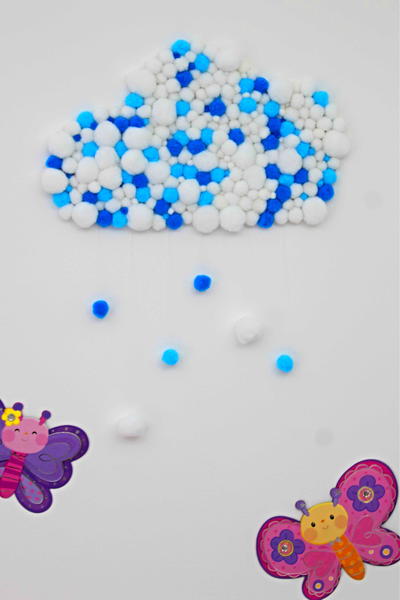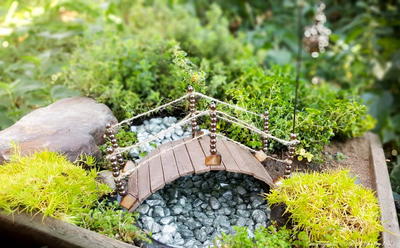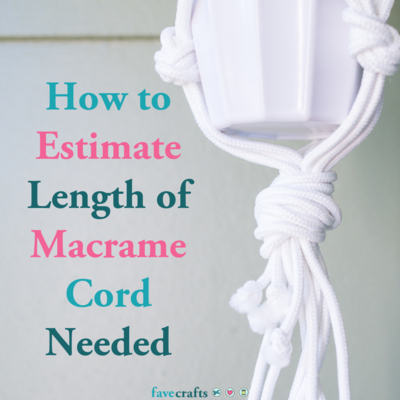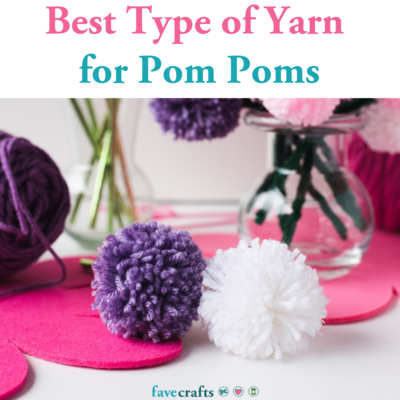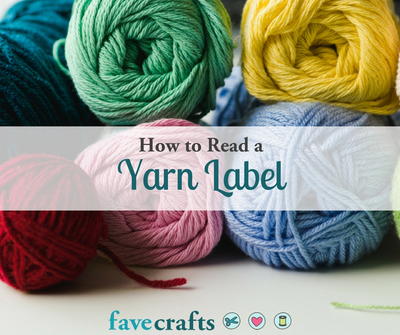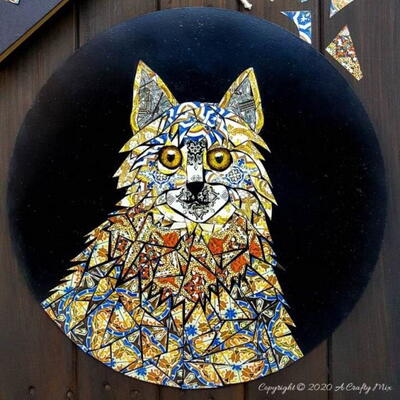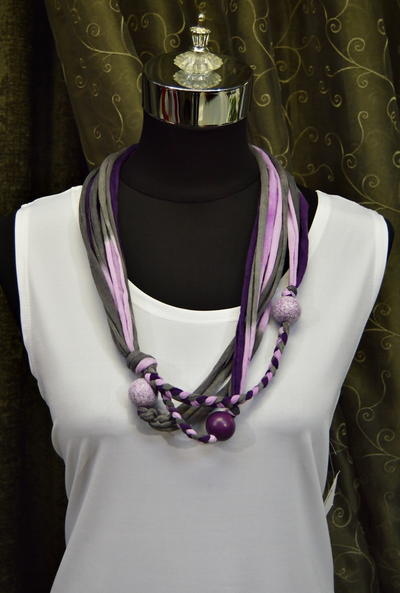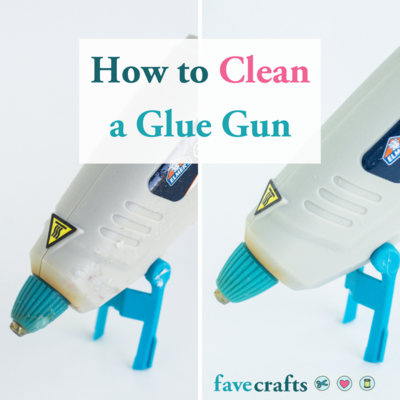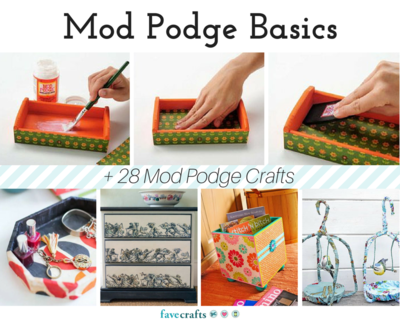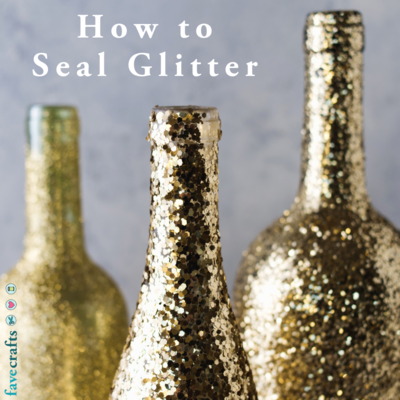Ink, Inkpads and Re inkers
With so many different kinds of ink and inkpads out there, it's tough to know which one to use for your specific project. Use this quick guide to help you differentiate between varieties.
Ink, Inkpads, & Re-inkers
- Acid Free Ink: Some inks are labeled as acid-free, meaning that the ink is safe for scrapbooking.
- Alcohol Inks: Ink is alcohol rather than water-based.
- All or Multi-Purpose Inks: Inks that act as both a dye and a pigment ink.
- Archival Quality Ink: Acid free and photo safe. This is the ink to use in memory albums and scrapbooks.
- Dye Ink: Water-based and solvent-based. Dye ink dries quickly and cannot to be used with embossing powders. Works well on coated papers and porous surfaces but tends to run or bleed on highly absorbent papers. Dye inks are transparent and will fade over time.
- Disappearing Inks: This ink is usually tinted with a pink or blue hue. The image is stamped or drawn as a guide or pattern, and then can be embellished. The ink will “disappear” when water is used to dampen the fabric or some disappearing inks fade out over time as the ink evaporates.
- Chalk Ink: Dye ink that appears chalky when dry; must heat set.
- Embossing Ink: Clear or slightly tinted. This ink is used specifically with embossing powders. It has the consistency of pigment ink.
- Fabric Inks: Designed to help create a permanent image on fabrics. You must heat set the ink for permanency.
- Inkpad: Felt or foam, square, rectangular, or pie slice, this holds the ink with an airtight lid.
- Kid’s Inks: Made to be washable and non-toxic for extra safety when stamping with children.
- Metal Ink: Can be used on most non-porous surfaces (metal, glass) with permanent quality.
- Metallic Inks: Usually a pigment ink that has shiny or metallic hue.
- Permanent Inks: Water-soluble or solvent-based. This ink dries by evaporation not by absorption like dye or pigment ink. Stamps must be cleaned immediately with solvent when using solvent-based permanent inks. Once dry this ink will not smear.
- Pigment Ink: Water-based and solvent-based. This ink is thicker than most dye inks. Very slow to dry and excellent for embossing. Works best on uncoated paper. Will not fade if embossed. Most pigment inks are opaque.
- Re-inker: Bottle of ink used to reink an inkpad, but often used in techniques without the pad!
- Resist Ink: Clear ink that once dry or heat set can be chalked, powdered and inked, but will resist any of these materials leaving a clear image.
- Sealer or Finish: Not an ink, but a paint medium, this is used to seal your ink on a surface or seal the surface before you ink to prevent bleeding. A sealer is also used to protect your inked surface.
- Shadow or Distressed Ink: pale hued transparent dye ink for shadow stamping or sponging.
- Transfer Ink: Used to transfer images from one surface to another.
- Watercolor Ink: This ink is used when you are going to add water or watercolors to your inked image. This ink dries quickly and will not bleed.
- Other Inks: There are some other “inks” used in stamping including acrylic paints and glazes.
A Word About Surfaces
Most inks will work on paper and porous surfaces. When applying ink to non-porous surfaces like glass you’ll want permanent ink designed for non-porous surfaces. Most manufacturers will clearly state what surfaces work best with each ink the manufacturer makes. If you ever have questions about what inks work best on what surfaces, just contact the ink manufacturer or visit the company’s website.
Read NextHow to Clean a Glue Gun

